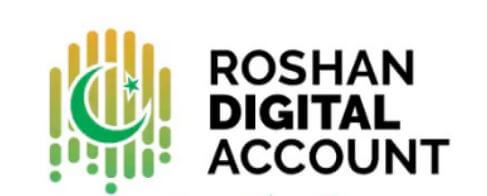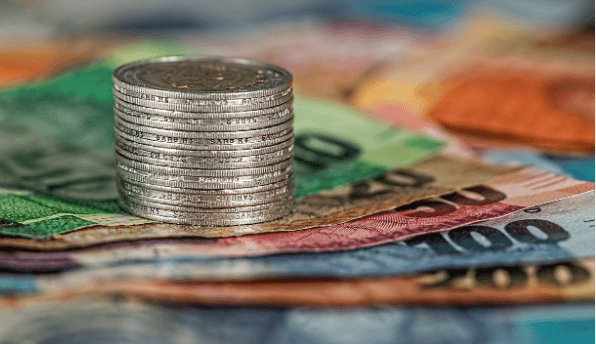Understanding KIBOR-Karachi Inter Bank Offer Rate
In the domain of monetary business sectors, benchmarks assume a vital part in directing exchanges, ventures, and generally speaking financial movement. The Karachi Interbank Offered Rate, also known as KIBOR, is one such benchmark that plays a significant role in Pakistan. Anyone working in the country’s financial sector, from traders and investors to policymakers and economists, needs to know about KIBOR.
What is KIBOR?
The Pakistani rupee’s benchmark interest rate is KIBOR. In the interbank market, it represents the average interest rate at which a group of prominent Pakistani banks offer to lend unsecured funds to another bank. The State Bank of Pakistan (SBP), the country’s national bank, supervises and distributes KIBOR rates consistently.
Function and Significance
KIBOR’s primary function is to act as a benchmark rate for a wide range of financial services and transactions. Loans, bonds, derivatives, and other instruments are among these. Banks and monetary foundations ordinarily use KIBOR as a reason for deciding loan fees on credits and stores, giving a normalized benchmark that works with straightforwardness and proficiency in the monetary framework. In addition, KIBOR impacts the expense of acquiring and loaning in the Pakistani economy.
Vacillations in KIBOR rates reflect changes in economic situations, financial arrangement choices, and generally monetary feeling. As a result, KIBOR is an important factor in the SBP’s monetary policy decisions and serves as a gauge of the current environment for interest rates.
Determinants of KIBOR
Several factors influence KIBOR rates, including:
- Monetary Policy: The SBP’s monetary policy stance, including changes in the policy rate (discount rate), directly affects KIBOR rates. A tighter monetary policy typically leads to higher KIBOR rates, while an accommodative policy may result in lower rates.
- Market Demand and Supply: Supply and demand dynamics in the interbank market also influence KIBOR. When banks have excess liquidity, KIBOR rates tend to decrease as competition for lending intensifies. Conversely, a shortage of liquidity may push rates higher.
- Economic Conditions: Macroeconomic indicators such as inflation, GDP growth, and employment levels impact KIBOR rates. High inflation or economic uncertainty may lead to higher KIBOR rates as lenders demand higher compensation for the perceived risk.
- Global Factors: International economic developments, including changes in global interest rates and geopolitical events, can spill over into domestic markets and influence KIBOR rates.
Read also:
https://accountsgala.com/job-is-your-credit-loans/
Conclusion
In conclusion, KIBOR plays a pivotal role in Pakistan’s financial markets, serving as the benchmark interest rate for the Pakistani rupee. Its significance extends beyond the banking sector, influencing borrowing and lending rates, investment decisions, and monetary policy formulation. While challenges exist, efforts to enhance transparency and governance are underway to maintain the integrity and relevance of KIBOR in an ever-changing financial landscape. Understanding KIBOR is essential for navigating Pakistan’s financial markets and interpreting the broader economic landscape.







